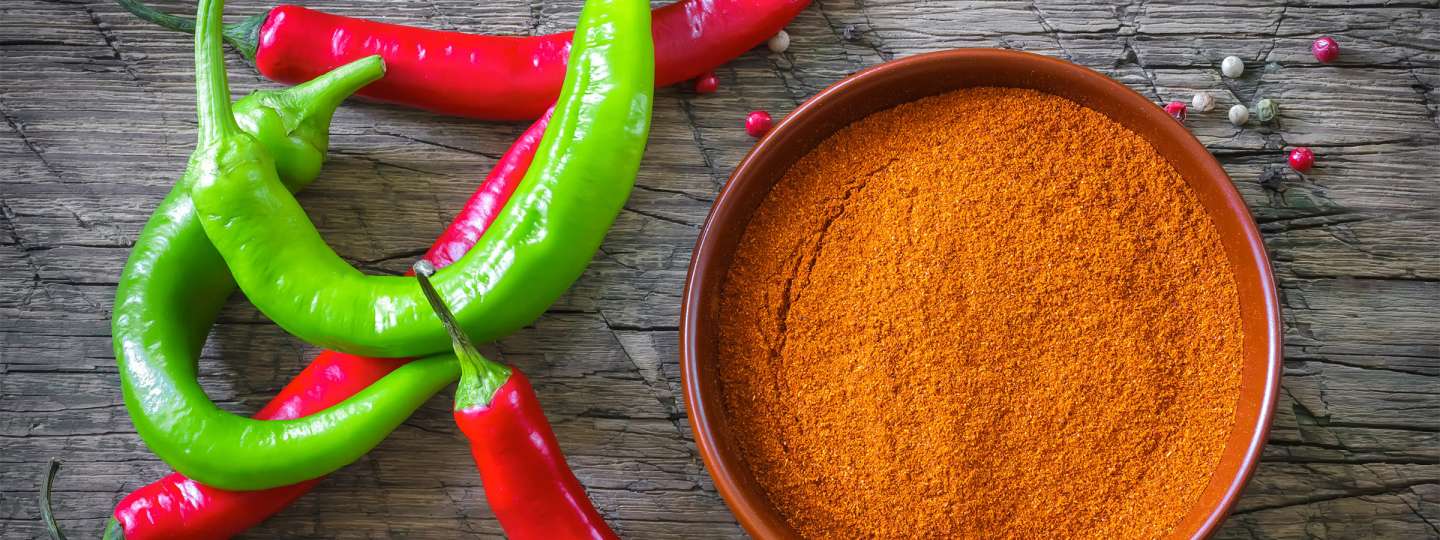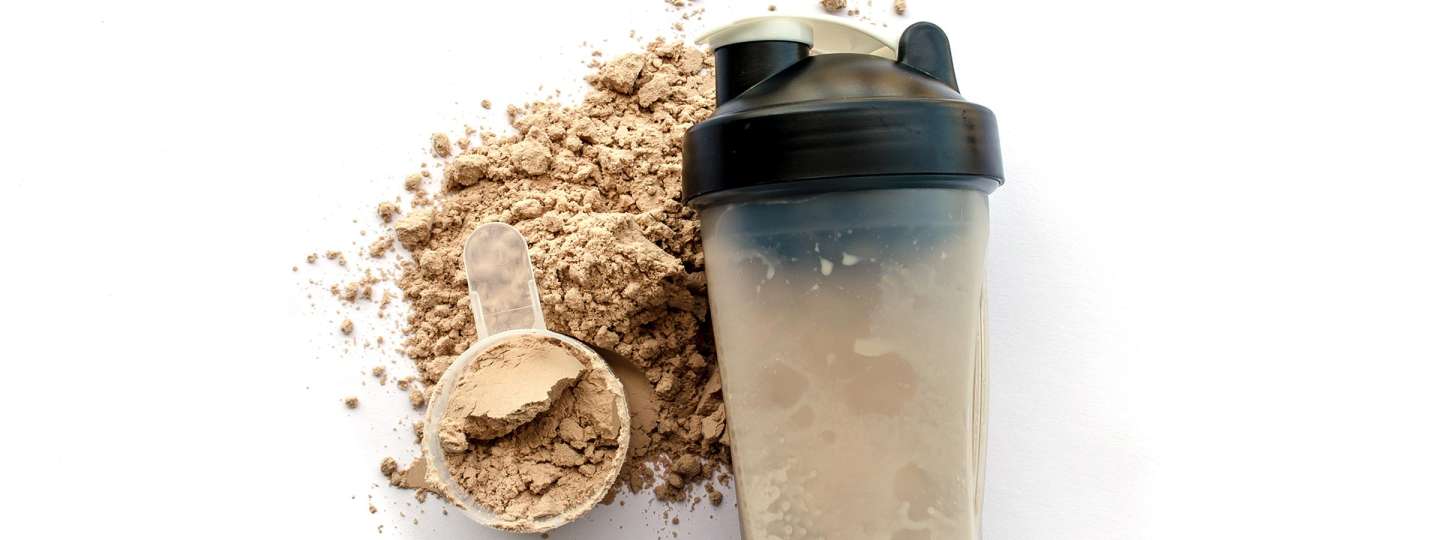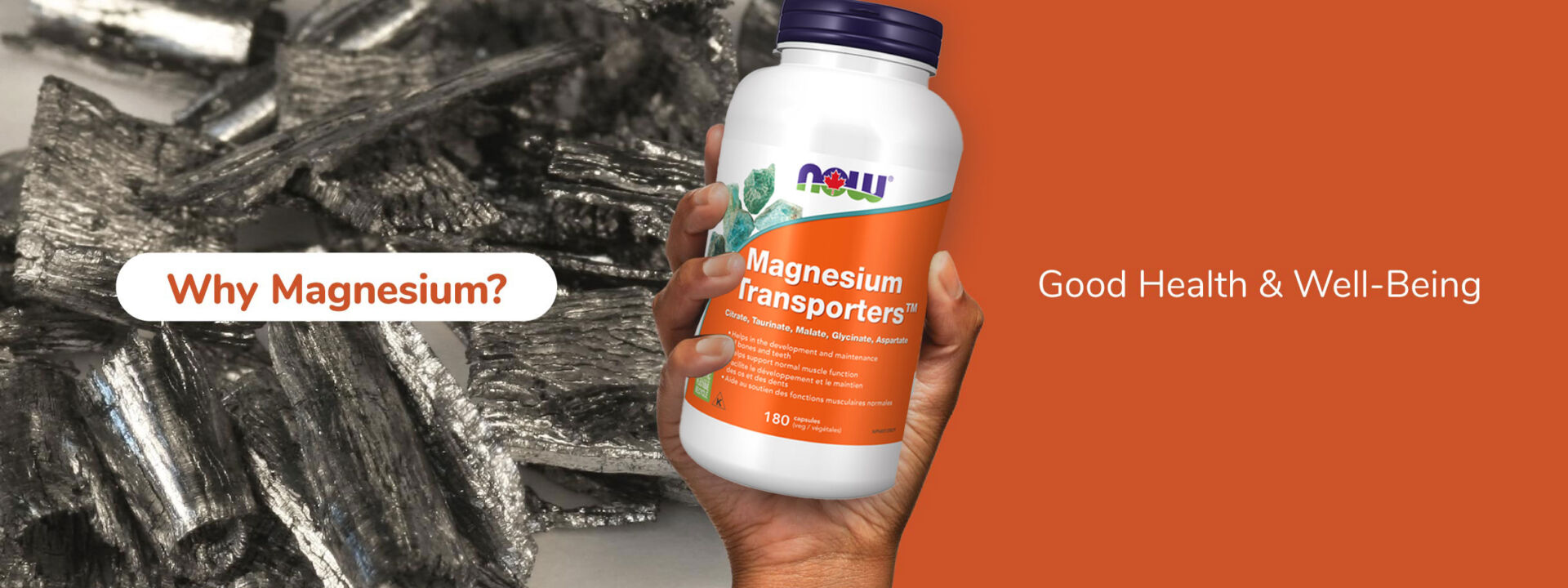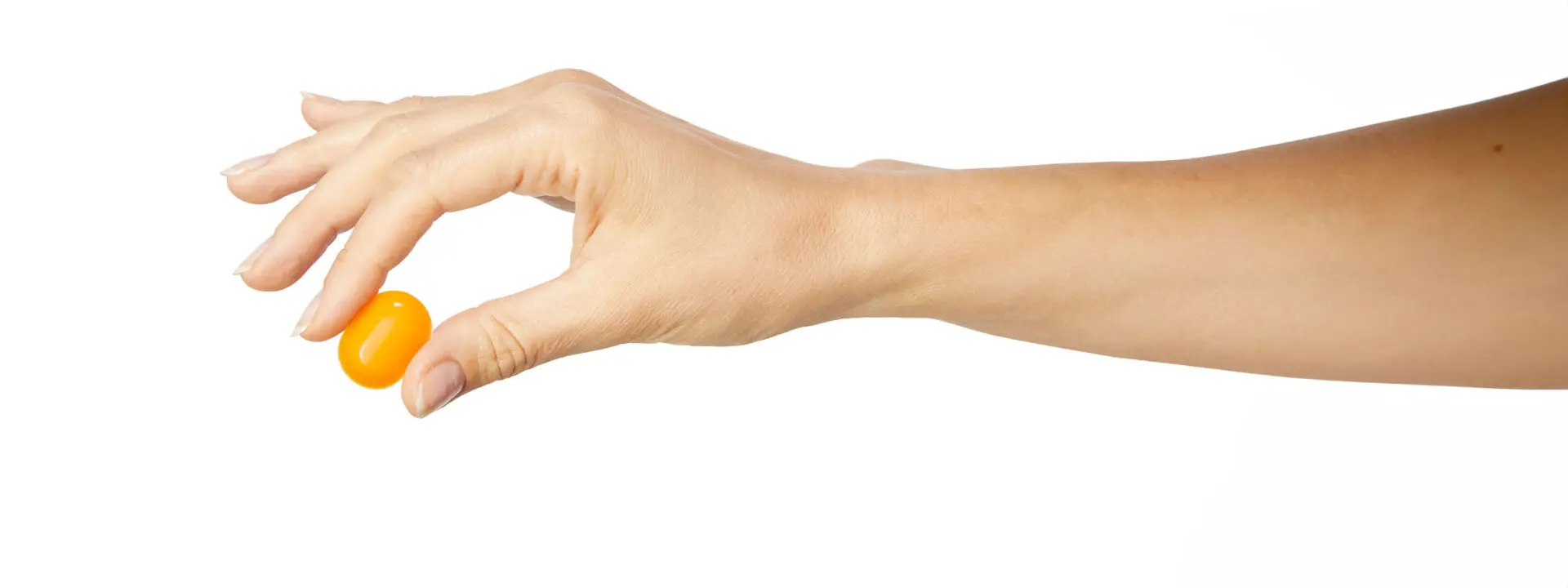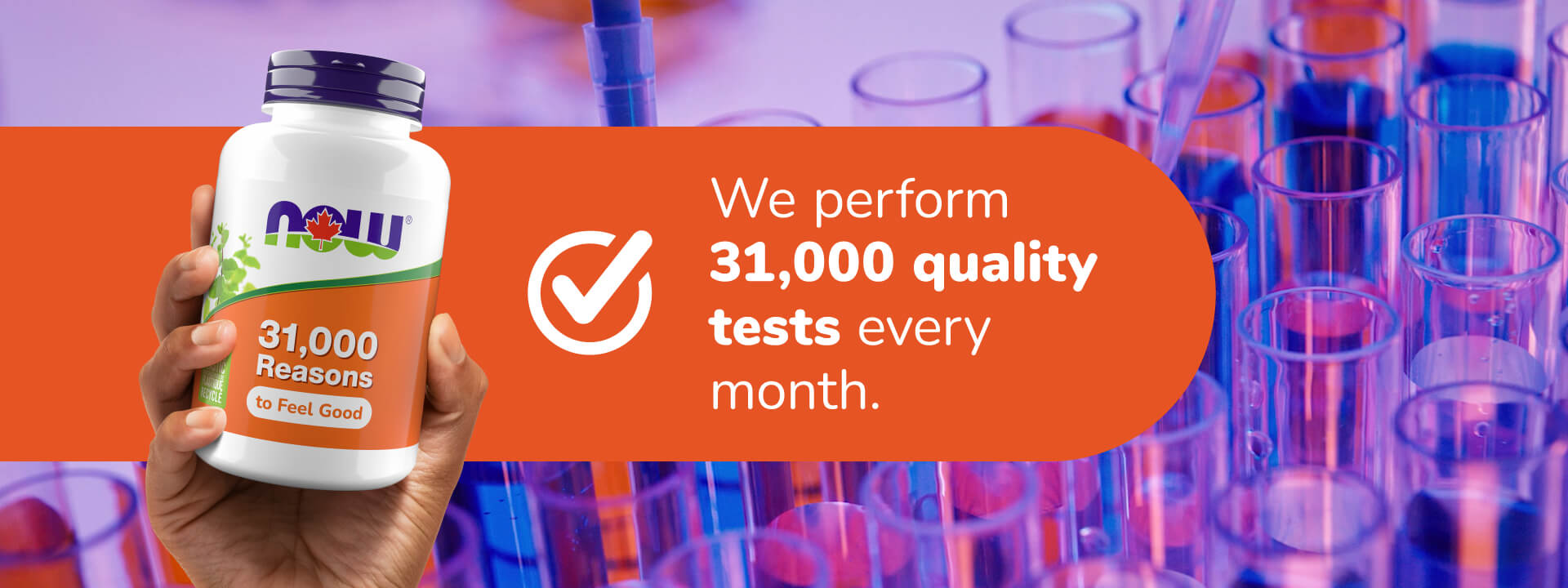Quality Determination of Cayenne Products
The use of spices in prepared foods is very popular within certain cultures, and most of the world’s countries have dishes that incorporate many varieties of peppers.
What is capsaicin?
Capsicum annuum is the most widely cultivated pepper in the world, and practically all of the commercially available fresh, dried and processed peppers belong to this species. Cayenne pepper is the ground, dried ripe fruit of Capsicum annuum varieties.1
More about Capsicum
Cayenne and other Capsicum species contain 1-2% naturally occurring phenolic alkaloids by dry weight, collectively known as capsaicinoids.2 Capsaicin, dihydrocapsaicin and nordihydrocapsaicin comprise approximately 95% of the total level of capsaicinoids.3
These compounds are potent irritants to mucous membranes and are needed only in low concentrations to produce the desired pungency as food ingredients. Pungency is the ability to produce a sensation of “heat”, and cayenne is commonly referred to as a “hot” flavor. The most familiar effect to consumers of spicy food is a body heat loss due to sweating. That effect could explain why people in hot climates like eating spicy foods. Most Capsicum products – including cayenne pepper – are traded on the basis of their pungency, related to the amount of capsaicinoids they contain.
The food industry has traditionally preferred the sensory (organoleptic) method as a part of its quality control to measure directly the levels of “heat” in peppers. The Scoville Organoleptic Test requires a panel of five individuals tasting pepper extract solutions that are progressively more diluted until a level is reached at which the tasters could no longer detect any “heat”. The greater the dilution needed to reach this point, the “hotter” the pepper and the higher its score on the Scoville scale.
Scoville Heat Units (SHU) can range from a score of zero for a sweet bell pepper that contains no capsaicinoids at all (no heat is detectable, even if undiluted) to over 350,000 for the hottest Habanero varieties, indicating that their extract has to be diluted 350,000-fold before the capsaicinoids present are undetectable. The weakness of the Scoville method is imprecision, because it relies on human subjectivity and depends on the taster’s response to the pungent chemicals.4
In recent decades several instrumental analytical methods have become available for the identification and quantification of capsaicinoids, with high-performance liquid chromatography (HPLC) considered the most reliable, selective and rapid method.2 Using HPLC we can measure individual capsaicinoid amounts in micrograms (mcg) per gram of pepper weight, equivalent to “parts per million” (ppm). A capsaicinoid concentration of one ppm corresponds to 15 SHUs.5
Capsaicin properties
Capsaicin affects physiological pathways involved in the perception of temperature and pain by interacting with sensory neurons. Capsaicin first activates the pain receptors, but upon repeated application to the skin it desensitizes these receptors and temporarily relieves the pain. 9,10
To assure the quality of our Cayenne 500 mg Veg Caps, NOW’s Quality Control (QC) laboratory has adopted and uses the official, validated AOAC (Association of Official Analytical Chemists) method which allows us to calculate HPLC results directly in Scoville Heat Units.11,12
NOW® Cayenne 500 mg Veg Caps contains cayenne powder (Capsicum annum) with a potency range of between 40,000 and 57,000 Scoville Heat Units. The authenticity of the ingredient and its potency is confirmed by a validated, official HPLC method.
References:
1 Merck Index 13, 1776
2 Perucka, I., Oleszek, W., Extraction and determination of capsaicinoids in fruit of hot pepper Capsicum annum L. by spectrophotometry and high-performance liquid chromatography. Food Chem. 71, 287-291 (2000); and references cited herein.
3 Estrada, B., et al., Capsaicinoids in vegetative organs of Capsicum annum L. in relation to fruiting. J.Agric.Food Chem. 50, 1188-1191 (2002); and references cited herein.
4 Scoville, W.L., Note Capsicum. J.Amer.Pharm. Assn. 1, 453 (1912)
5 Collins, M.D., et al., Improved method for quantifying Capsaicinoids in Capsicum using High Performance Liquid Chromatography. Hort. Science 30(1), 137-139 (1995)
6 Robbins, W., Clinical application of capsaicinoids. Clinical Journal of Pain, 16(2), 86-89 (2000)
7 Capsaicin, Capsicum, Capsicum Oleoresin; USP 28, Official Monographs, 236-237 (2005)
8 Myers, B., et al. Effect of red and black pepper on the stomach, Am. J. Gastrioenterol. 82, 211-214 (1987)
9 Hogaboam, C.M., et al., Inhibition of platelet aggregation by capsaicin. An effect unrelated to actions on sensory afferent neurons. European Journal of Pharmacology 202, 129131 (1991)
10 Markovits, E., et al. Capsaicin – an effective topical treatment in pain, International Journal of Dermatology 36, 401-404 (1997)
11 Altman, R.D., et al. Arthritis Rheum. 23, 25 (1994)
12 AOAC Official Method 995.03 Capsaicinoids in Capsicum and their extractives. AOAC Official Methods of Analysis, 17th Edition, 43, 14-16 (2000)
13 Parrish, M., Liquid Chromatographic method for determining Capsaicinoids in Capsicums and their extractives: Collaborative study. Journal of Association of Official Analytical Chemists (AOAC) International, 79, 738-745 (1996)

